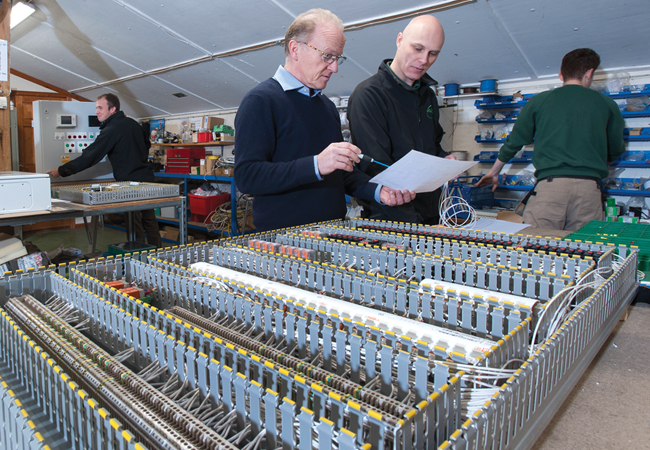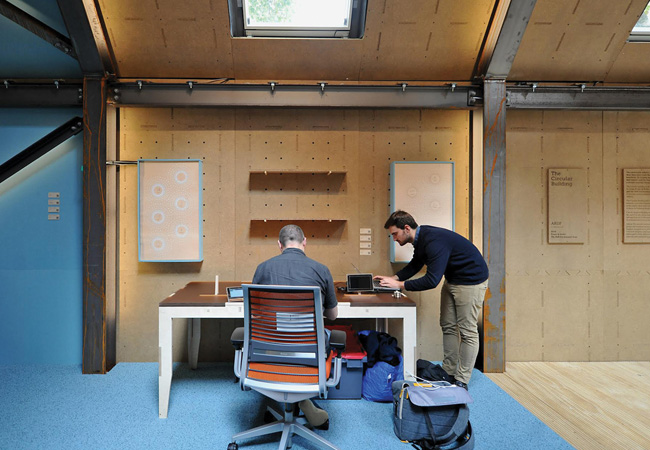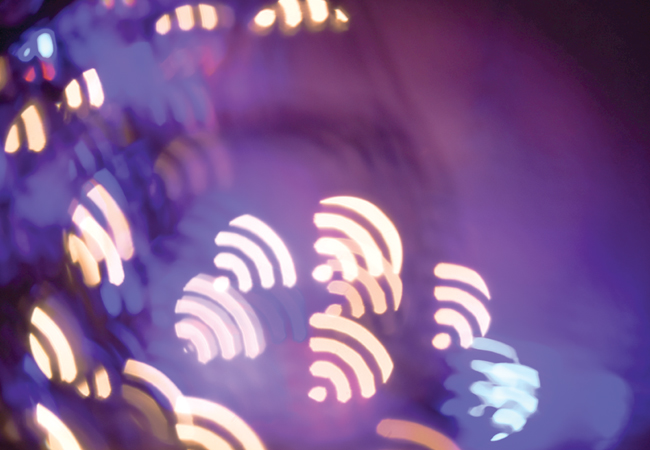
What makes a ‘smart home’ smart? Comfort, ease and simplicity, according to a panel of experts at a recent ‘Smart homes for resilient cities’ debate.
The panel – at the CIBSE Homes for the Future Group and the Resilient Cities Group event, at Hoare Lea in December – said smart metering and monitoring would play a big role in creating homes for the future.
But it raised concerns about data ownership, privacy, control and democracy.
Smart sensors
‘Smart monitoring can improve building modelling because it allows us to see when occupants are using their properties – which is pretty revolutionary in our industry,’ said Robbie Thompson, product leader for monitoring and diagnostics at BRE.
However, neither modern buildings nor those constructed 90 years ago have been designed for wi-fi, he said.
By 2020, the government wants every dwelling to have a smart meter that will communicate using radio technology. But modern buildings are covered in low-emissivity glass, foil-backed plasterboard and multiboard, which have great thermal characteristics, plus moisture and fire resistance, but will cause interference with the radio frequency – so ‘all your fancy wi-fi gadgets stop working’.
‘This is a big problem if you’re trying to get radio signals into 27 million homes in the country,’ said Thompson.
Modern buildings are covered in low-emissivity glass, foil-backed plasterboard and multiboard, which will cause interference with the radio frequency, so fancy wi-fi gadgets stop working
BRE modelled this in a project to find out what impact building components will have on how radio signal attenuates. ‘This issue needs to be addressed very quickly by people building properties of the future, because we’re expecting trillions of devices, and they must all be able to communicate into – and out of – the home,’ said Thompson.
BRE has encountered other problems after monitoring a tower block of 45 social housing properties, each with 11 sensors, collecting 260 million data points across the year – including temperature, humidity, CO2, electricity, external temperature and occupancy information. For one thing, the occupants kept stealing the sensors’ AA batteries for their TV remote controls.
To connect its sensors to a central hub, BRE used a protocol called ZigBee, which works on the same frequency as wi-fi. ‘People would move our hubs on top of their broadband routers, which caused interference, and all our sensors stopped working.’
He added: ‘We were also relying on occupants’ home internet, so if they stopped paying their internet bill, we stopped getting their data.’
‘If you are going to undertake these sorts of monitoring projects, you’ve got to consider every single step – and remember you are relying on the technology of others.’
Smart metering
A huge proportion of energy in the UK is used by power stations in stand-by mode and spinning reserves. ‘By having smart meters, you can turn off everyone’s immersion heaters in the ad break of the FA Cup final, when they go to make a cup of tea, so you don’t have to turn on several power stations,’ said Thompson.
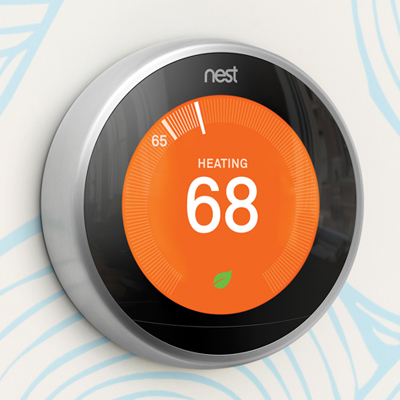
Pini believes Google is spending money on the Nest thermostat to obtain data from customers
Diana Sanchez, Hoare Lea executive consultant, said this was an example of technology driving behaviour. ‘There should be a new social contract around this issue in terms of data ownership, privacy and setting the rules in a transparent way, so we can trust companies and be in control of the type of information we give up.’
She added: ‘If you give something, you expect to get something back. Residents will not accept someone taking over their smart meters and controlling their system unless they get something for it.
‘We want technology to influence and drive behaviour, not make the decisions for us.’
Ben Croxford, senior lecturer at University College London, said smart metering was not about the consumer. ‘Smart meters are one way – all the information goes back to the utility, and no cost data goes back to you.’
The same can be said of smart heating systems, such as Hive and Nest, which plug into the broadband router and connect to the boiler, giving it on and off commands.
Phillip Pini, of control systems manufacturer Crestron, warned: ‘Why would Google spend all that money on a thermostat for the wall of your house? It’s very clear – to obtain data from you.’
It could be a dangerous precedent, he added. ‘Imagine what would happen if Facebook and Amazon combined forces. Facebook has all the users and holds our details, and Amazon wants to sell you products. If those got together and shared each other’s data, you might buy something without knowing it.’
Keep it simple
Pini said Crestron was heavily invested in lifestyle electronics – things that can present a simplified way of doing something.
‘We do not invent the next remote control or pair of speakers,’ he said, ‘but try to make different subsystems talk to each other and then present them on one display device, whether a tablet or iOS.’
The building management system (BMS) is like a centralised brain that lets a user push a button for up, down, warm or cool. ‘But what actually goes on behind the scenes is quite complex,’ said Pini. To create smart buildings, he added, you have to take the complicated and uncomplicate it, making that journey simpler for somebody. ‘A smart building is simple, effective, easy to use and something that will enhance your life.’
Citizen-centric technology
Sanchez said the increased use of smart devices has changed our lives, but a pressing issue remains: ‘We have seen lots of new technologies coming out, overwhelming our life, but what is the thing we’re trying to solve? As architect Cedric Price once said: “Technology is the answer, but what was the question?”’
Technology should be for people, Sanchez said, not merely for the sake of technology. Good practice in smart cities has acknowledged this and puts people at the heart of planning and development.
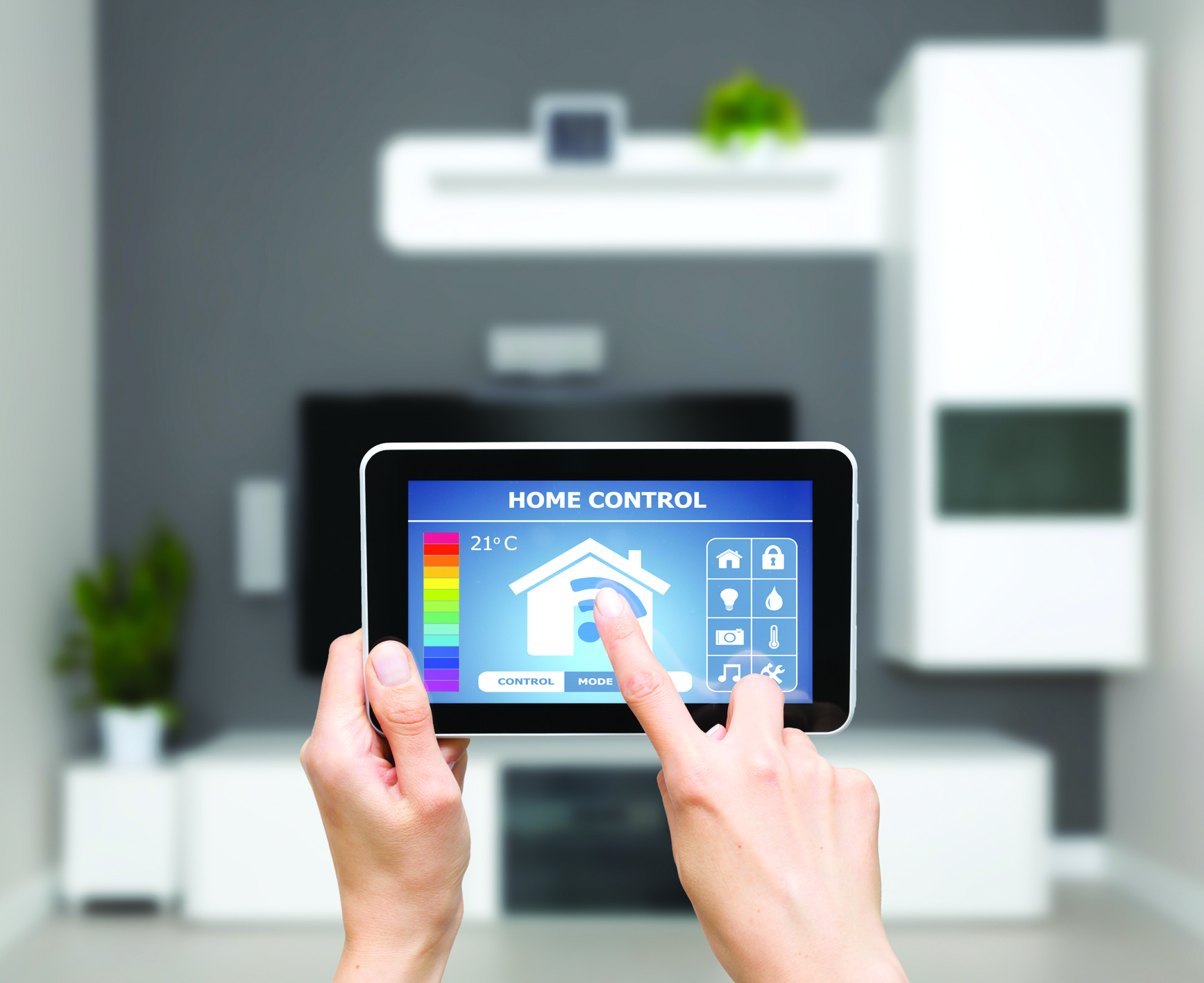
They use technology and smart tools in collaboration with city leaders – urban planners, policy-makers, engineers, citizens and architects – to create the most appropriate responses to the city’s problems, creating a citizen-centric design.
Sanchez added: ‘Traditionally, we made decisions by thinking about what citizens want and proving that – but now technology allows us to learn what people actually want.’
She said a past experiment used citizens in different cities as sensors, drawing from their social feeds to understand their priorities. ‘Cities are different because people are different, and this needs to be acknowledged when introducing technologies.’ The real smart technology revolution is not just the device itself, Sanchez added, but what we do with it. ‘The challenge is transforming data into knowledge for meaningful analysis.’
‘Software should be something that is able to learn, adapt and be flexible. Technology should help us construct buildings as living systems that learn from their occupants in an individual way – similar to Netflix, which understands your preferences and filters films according to what you have seen before.’
Billions of pounds have been invested in highly technological solutions to make cities intelligent, but most of these projects are yet to be proved successful, she said.
The smart way
To make something smart, you need to demystify it and make it useful. ‘I once borrowed my dad’s car in the rain,’ Croxford said. ‘After driving for a while, I realised I hadn’t touched the windscreen wiper for a while. It was an automatic one that had been designed right, because I didn’t need to operate it at all. That’s closer to what smart is for me – getting on and not making a fuss.’
Sanchez agreed: ‘If you provide something that can respond to an urgent question, it will be used.’ She said trust and work across disciplines was key to this. ‘Innovation happens in collaboration. The real genius is one that combines the expertise of the arts, science, technology and engineering.’

